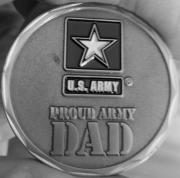This, IMO.
You can see this all the time at any sort of competition---blazing fast draw, loooooong pause as they align the sights.
I actually think that it is rather like the sight focus/target focus situation: Most of the time, you want to practice a good, solid, sight-focused technique for shooting. Sometimes, though, you can get away with a target focus, and it may even be faster given that situation. But for some situations, a target focus will cause massive fail.
Similarly, a good solid draw that can handle low% targets can be incredibly quick. Sometimes, a fast grab-and-blast will work (and may be even faster)---but if that is all you have, you are going to run into problems in more difficult situations.





 Reply With Quote
Reply With Quote



